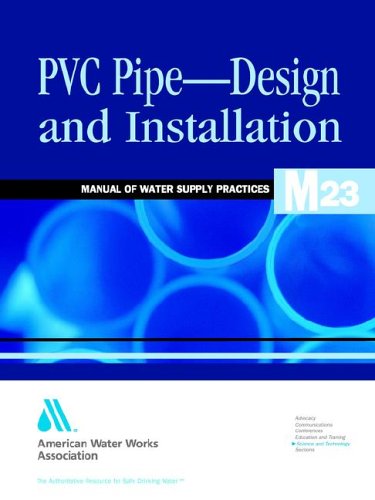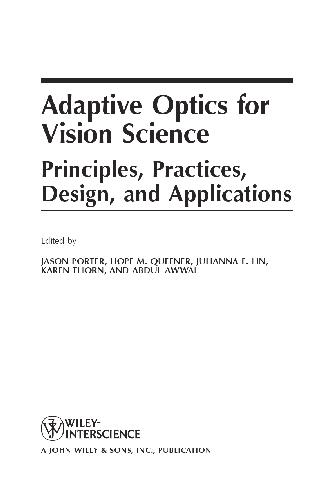موضوعات
آموزش و پرورش
ادبیات و زبان
پزشکی، دندانپزشکی و داروسازی
تاریخ و جغرافیا
داستان و رمان
دیگر
دین و فلسفه
روانشناسی
ریاضیات و آمار
سلامتی، تناسب اندام و رژیم غذایی
شیمی و پلیمر
علوم اجتماعی و حقوق
علوم زیستی و بیوتکنولوژی
فیزیک و نجوم
کامپیوتر و اینترنت
کتابهای کودکان و داستان
کسب و کار و اقتصاد
کشاورزی و دامپزشکی و غذا
معماری
مهندسی و فناوری
هنر و تئاتر
محصولات
Character Recognition Systems [OCR] - Original PDF
نویسندگان: خلاصه: "Much of pattern recognition theory and practice, including methods such as Support Vector Machines, has emerged in an attempt to solve the character recognition problem. This book is written by very well-known academics who have worked in the field for many years and have made significant and lasting contributions. The book will no doubt be of value to students and practitioners." -Sargur N. Srihari, SUNY Distinguished Professor, Department of Computer Science and Engineering, and Director, Center of Excellence for Document Analysis and Recognition (CEDAR), University at Buffalo, The State University of New York "The disciplines of optical character recognition and document image analysis have a history of more than forty years. In the last decade, the importance and popularity of these areas have grown enormously. Surprisingly, however, the field is not well covered by any textbook. This book has been written by prominent leaders in the field. It includes all important topics in optical character recognition and document analysis, and is written in a very coherent and comprehensive style. This book satisfies an urgent need. It is a volume the community has been awaiting for a long time, and I can enthusiastically recommend it to everybody working in the area." -Horst Bunke, Professor, Institute of Computer Science and Applied Mathematics (IAM), University of Bern, Switzerland In Character Recognition Systems, the authors provide practitioners and students with the fundamental principles and state-of-the-art computational methods of reading printed texts and handwritten materials. The information presented is analogous to the stages of a computer recognition system, helping readers master the theory and latest methodologies used in character recognition in a meaningful way. This book covers: * Perspectives on the history, applications, and evolution of Optical Character Recognition (OCR) * The most widely used pre-processing techniques, as well as methods for extracting character contours and skeletons * Evaluating extracted features, both structural and statistical * Modern classification methods that are successful in character recognition, including statistical methods, Artificial Neural Networks (ANN), Support Vector Machines (SVM), structural methods, and multi-classifier methods * An overview of word and string recognition methods and techniques * Case studies that illustrate practical applications, with descriptions of the methods and theories behind the experimental results Each chapter contains major steps and tricks to handle the tasks described at-hand. Researchers and graduate students in computer science and engineering will find this book useful for designing a concrete system in OCR technology, while practitioners will rely on it as a valuable resource for the latest advances and modern technologies that aren't covered elsewhere in a single book.Adaptive Optics for Vision Science Principles Practices Design and Applications - Original PDF
نویسندگان: خلاصه: The high transverse resolution of retinal imaging systems equipped with adaptive optics provides a unique opportunity to record these eye move- ments with very high accuracy. Putnam et al. showed that it is possible to record the retinal location of a fixation target on discrete trials with an error at least 5 times smaller than the diameter of the smallest foveal cones [63]. We used this capability to measure the standard deviation of fixation positions FIGURE 1.7 Images of the cone mosaics of 10 subjects with normal color vision, obtained with the combined methods of adaptive optics imaging and retinal densi- tometry. The images are false colored so that blue, green, and red are used to repre- sent the S, M, and L cones, respectively. (The true colors of these cones are yellow, purple, and bluish-purple). The mosaics illustrate the enormous variability in L/M cone ratio. The L/M cone ratios are (A) 0.37, (B) 1.11, (C) 1.14, (D) 1.24, (E) 1.77, (F) 1.88, (G) 2.32, (H) 2.36, (I) 2.46, (J) 3.67, (K) 3.90, and (L) 16.54. The proportion of S cones is relatively constant across eyes, ranging from 3.9 to 6.6% of the total population. Images were taken either 1° or 1.25° from the foveal center. For two of the 10 subjects, two different retinal locations are shown. Panels (D) and (E) show images from nasal and temporal retinas, respectively, for one subject; (J) and (K) show images from nasal and temporal retinas for another subject. Images (C), (J), and (K) are from Roorda and Williams [52]. All other images were made by Heidi Hofer. (See insert for a color representation of this figure.) (From Williams and Hofer [57]. Reprinted with permission from The MIT Press.) across discrete fixation trials, obtaining values that ranged from 2.1 to 6.3 arcmin, with an average of 3.4 arcmin, in agreement with previous studies [63, 64]. Interestingly, the mean fixation location on the retina was displaced from the location of highest foveal cone density by an average of about 10 arcmin (as shown in Fig. 1.8), indicating that cone density alone does not drive the location on the retina selected for fixation. This method may have interesting future applications in studies that require the submicron registra- tion of stimuli with respect to the retina or delivering light to retinal features as small as single cells. Whereas the method developed by our group can only record eye position on discrete trials, Scott Stevenson and Austin Roorda have shown that it is possible to extract continuous eye movement records from video-rate images obtained with an adaptive optics scanning laser ophthalmoscope (AOSLO) [66]. Eye movements cause local warping of the image within single video frames as well as translation between frames. The warping and translation information in the images can be used to recover a record of the eye move- ments that is probably as accurate as any method yet devised. This is illus- trated in Figure 1.9, which compares the eye movement record from the AOSLO with that from a Dual Purkinje Eye Tracker. The noise in the AOSLO trace is on the order of a few arc seconds compared to about a minute of arc for the Dual Purkinje Eye Tracker. Note also the greatly reduced overshoot following a saccade in the AOSLO trace. These overshoots are thought to be partly artifacts caused by lens wobble following the saccade and do not reflect the true position of the retinal image. The AOSLO is not susceptible to this artifact because it tracks the retinal position directly rather than relying on reflections from the anterior optics.Microfiltration and Ultrafiltration Membranes for Drinking Water (M53), Second Edition: AWWA Manual of Practice
نویسندگان: خلاصه: Microfiltration and ultrafiltration have gained rapid acceptance as processes that provide a reliable and very high level of particle, turbidity, and microorganism removalآیا کتاب مورد نظر هنوز بر روی سایت قرار نگرفته است؟ جای نگرانی نیست! کافی است بر روی گزینه سفارش کتاب کلیک کرده و درخواست خود را ثبت کنید. در کمتر از چند ساعت کتاب شما را آماده خواهیم کرد.

![Character Recognition Systems [OCR] - Original PDF](https://dl.libsan.ir/images/1/2023/04/10/D0ulzNvMb4vxKsozJ3ZcyI34B9rU2M7L5FV5GkuS.jpg)

, Second Edition_5c77bab2def57.jpg)